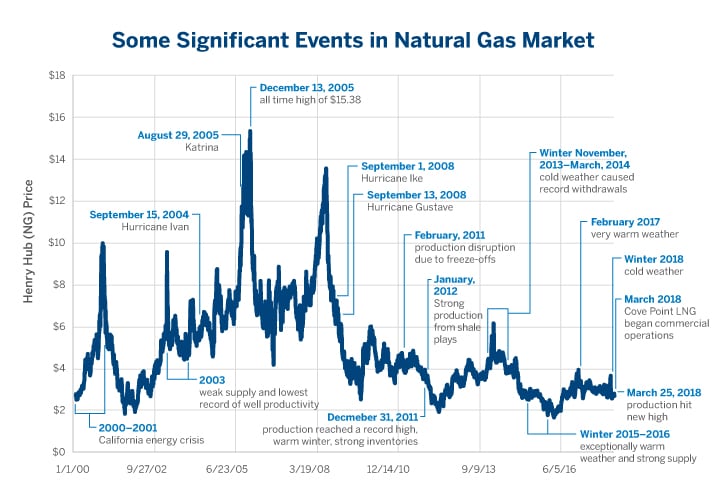Your Gastric antral vascular ectasia without bleeding images are ready. Gastric antral vascular ectasia without bleeding are a topic that is being searched for and liked by netizens now. You can Find and Download the Gastric antral vascular ectasia without bleeding files here. Find and Download all royalty-free vectors.
If you’re searching for gastric antral vascular ectasia without bleeding images information connected with to the gastric antral vascular ectasia without bleeding interest, you have visit the right site. Our site always provides you with hints for downloading the highest quality video and picture content, please kindly surf and locate more enlightening video content and images that fit your interests.
Gastric Antral Vascular Ectasia Without Bleeding. Cornea - H1871 Corneal ectasia. Generally patients with gastric antral vascular ectasia tend to be elderly. GVE can affect not only patients with cirrhosis but also patients with a variety of chronic diseases. In the present study we evaluated the efficacy of estrogen-progesterone therapy which has been reported to control.
 Pdf Gastric Antral Vascular Ectasia In Systemic Sclerosis Current Concepts Semantic Scholar From semanticscholar.org
Pdf Gastric Antral Vascular Ectasia In Systemic Sclerosis Current Concepts Semantic Scholar From semanticscholar.org
While blood can be observed such as blood in the stool or vomit it often isnt visible. Our presentation at the American College of Rheumatologys 2015 meeting detailed the intriguing results of our small retrospective study that may provide hope for preventing recurrent bleeding episodes in GAVE. Whether GAVE confers a different severity of gastrointestinal GI bleeding between patients with and without cirrhosis remains unknown. The diagnosis is mainly based on endoscopic pattern and for uncertain cases on histology. Gastric antral vascular ectasia is the medical name for dilated blood vessels in the stomach that result in gastrointestinal bleeding. It manifests mostly as an iron deficiency anemia.
GAVE is characterized by a pathognomonic endoscopic pattern mainly.
1 The clinical presentation of GAVE varies from a more indolent chronic occult GI blood loss requiring serial transfusions to acute GI hemorrhage. The key problem with gastric antral vascular ectasia is blood loss. Gastric antral vascular ectasia GAVE is an uncommon clinical entity leading to recurrent gastrointestinal bleeding. Gastric vascular ectasia GVE is an uncommon etiology of GI bleeding. We reported two cases of gastric antral vascular ectasia GAVE secondary to autoimmune disease who present-ed for severe anemia treated with band ligation and plasma argon coagulation without complications and good response. While blood can be observed such as blood in the stool or vomit it often isnt visible.
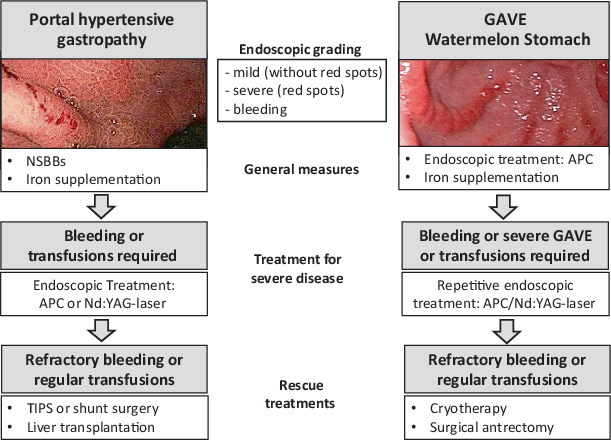 Source: link.springer.com
Source: link.springer.com
In the present study we evaluated the efficacy of estrogen-progesterone therapy which has been reported to control. This condition most commonly occurs among women over the age of 50 but it is still extremely rare. Gastric vascular ectasia GVE is an uncommon etiology of GI bleeding. 14 Although it is associated with heterogeneous medical conditions including hepatic renal and cardiac diseases its pathogenesis is unknown. The key problem with gastric antral vascular ectasia is blood loss.
 Source: sciencephoto.com
Source: sciencephoto.com
Gastric antral vascular ectasia GAVE syndrome is a rare but significant cause of acute or chronic gastrointestinal GI bleeding particularly in the elderly. 13 The diagnosis of GAVE syndrome in. It manifests mostly as an iron deficiency anemia. It is often associated with systemic diseases such as autoimmune diseases liver cirrhosis chronic renal insufficiency and cardiovascular disease. Gastric antral vascular ectasia GAVE is a capillary-type vascular malformation of the gastric antrum 1 and an infrequent cause of chronic gastrointestinal blood loss and iron deficiency anemia.
 Source: epainassist.com
Source: epainassist.com
Generally patients with gastric antral vascular ectasia tend to be elderly. It is often associated with systemic diseases such as autoimmune diseases liver cirrhosis chronic renal insufficiency and cardiovascular disease. Aim To review the current management of PHG and GAVE. This gender-specific syndrome is more common in females than males with a ratio 51 and the average age of occurrence is generally 70 years. Although rare it is an important cause of occult upper gastrointestinal bleeding particularly in elderly women.
 Source: wikiwand.com
Source: wikiwand.com
Methods PubMed was searched for English language articles using the key words. 14 Although it is associated with heterogeneous medical conditions including hepatic renal and cardiac diseases its pathogenesis is unknown. GAVE gastric antral vascular ectasia 53782. The condition is associated with dilated small blood vessels in the antrum or the last part of the stomach. Whether GAVE confers a different severity of gastrointestinal GI bleeding between patients with and without cirrhosis remains unknown.
 Source: semanticscholar.org
Source: semanticscholar.org
GAVE is a rare cause of upper gastrointestinal bleed-ing UGIB and causes up to 4 of nonvariceal UGIB 12. Gastric antral vascular ectasia GAVE is a rare cause of chronic bleeding in cirrhotic patients. It manifests mostly as an iron deficiency anemia. Without hemorrhage - K31819 Angiodysplasia of stomach and duodenum without bleeding. Portal hypertensive gastropathy PHG and gastric antral vascular ectasia GAVE are important causes of both acute and chronic gastrointestinal bleeding in patients with cirrhosis.
 Source: middleeastmedicalportal.com
Source: middleeastmedicalportal.com
Gastric antral vascular ectasia is the medical name for dilated blood vessels in the stomach that result in gastrointestinal bleeding. Gastric antral vascular ectasia GAVE is a rare cause of chronic bleeding in cirrhotic patients. Gastric antral vascular ectasia GAVE is a capillary-type vascular malformation of the gastric antrum 1 and an infrequent cause of chronic gastrointestinal blood loss and iron deficiency anemia. It manifests mostly as an iron deficiency anemia. Gastric antral vascular ectasia GAVE is an uncommon but often severe cause of upper gastrointestinal GI bleeding responsible of about 4 of non-variceal upper GI haemorrhage.
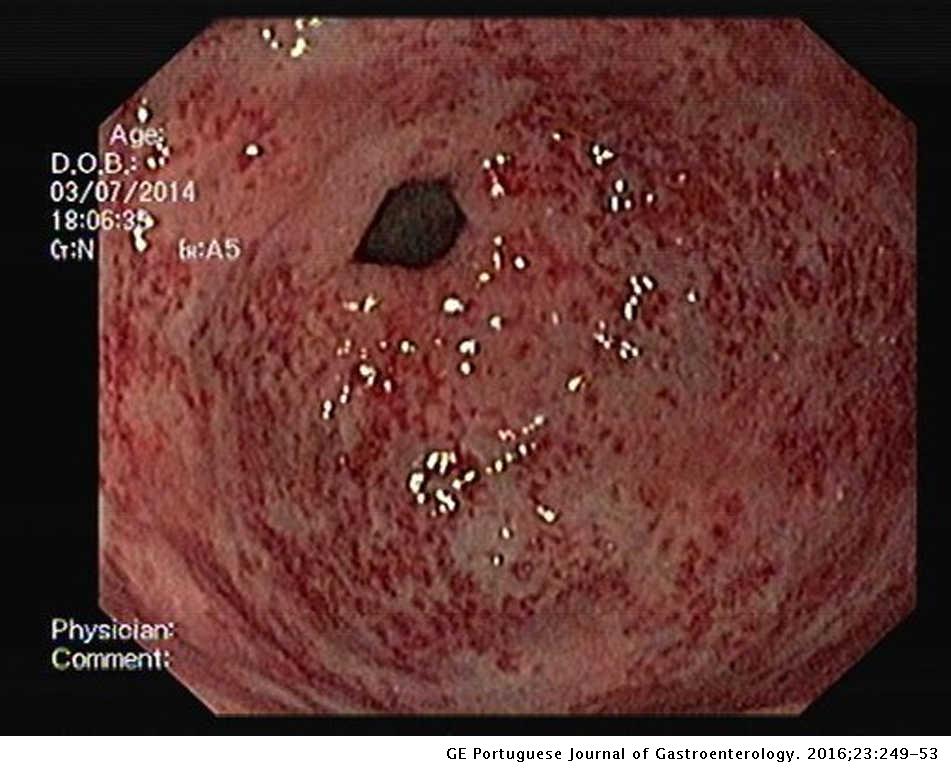 Source: elsevier.es
Source: elsevier.es
13 The diagnosis of GAVE syndrome in. Gastric antral vascular ectasia GAVE is a significant cause of recurrent gastrointestinal bleeding in patients with systemic sclerosis SSc. GAVE gastric antral vascular ectasia 53782. Gastric antral vascular ectasia or GAVE syndrome was first described by Rider et al in 195362 but was accurately defined by Jabbariet al in 198463 GAVE is characterised by red patches or spots in either a diffuse or linear array in the antrum. Gastric antral vascular ectasia GAVE is an uncommon but important cause of chronic gastrointestinal bleeding.
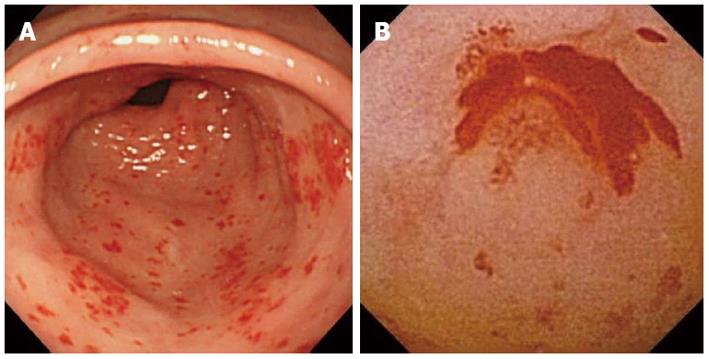 Source: wjgnet.com
Source: wjgnet.com
In the present study we evaluated the efficacy of estrogen-progesterone therapy which has been reported to control. Picture 1 Gastric antral vascular ectasia. GAVE is responsible for up to 4 of nonvariceal upper gastrointestinal GI bleeding and 6 of upper GI bleeding in cirrhotic patients. The condition is associated with dilated small blood vessels in the antrum or the last part of the stomach. Aim To review the current management of PHG and GAVE.
 Source: semanticscholar.org
Source: semanticscholar.org
It is often associated with systemic diseases such as autoimmune diseases liver cirrhosis chronic renal insufficiency and cardiovascular disease. Endoscopic therapy is the preferred treatment option but has a fairly high recurrence rate. 1 First described by Jabbari et al. Gastric antral vascular ectasia GAVE is an uncommon cause of occult gastrointestinal GI bleeding and iron-deficiency anemia accounting for 4 of nonvariceal upper GI hemorrhage. Patients with obscure gastrointestinal hemorrhage account for 39 of the population suffering with GAVE.
 Source: researchgate.net
Source: researchgate.net
Picture 1 Gastric antral vascular ectasia. Gastric antral vascular GAVE - K31819 Angiodysplasia of stomach and duodenum without bleeding. The etiology of GAVE has not been fully explored and remains controversial. ICD-9-CM codes are used in medical billing and coding to describe diseases injuries symptoms and conditions. It is often associated with systemic diseases such as autoimmune diseases liver cirrhosis chronic renal insufficiency and cardiovascular disease.
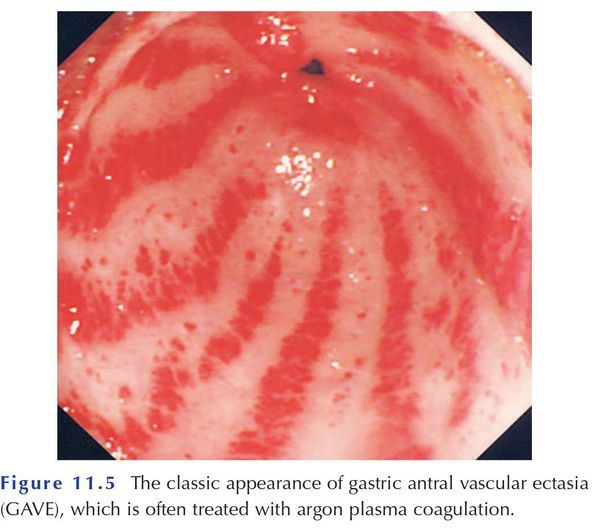
Patients with obscure gastrointestinal hemorrhage account for 39 of the population suffering with GAVE. We reported two cases of gastric antral vascular ectasia GAVE secondary to autoimmune disease who present-ed for severe anemia treated with band ligation and plasma argon coagulation without complications and good response. Gastric antral vascular ectasia GAVE syndrome also known as watermelon stomach is a rare but significant cause of severe acute or chronic gastrointestinal blood loss in the elderly. Suspicion of internal bleeding may arise if a routine blood test shows depletion of red blood cells from iron deficiency anemia without an obvious explanation. Whether GAVE confers a different severity of gastrointestinal GI bleeding between patients with and without cirrhosis remains unknown.
 Source: semanticscholar.org
Source: semanticscholar.org
This condition most commonly occurs among women over the age of 50 but it is still extremely rare. Gastric antral vascular ectasia or watermelon stomach is a distinct entity in the spectrum of upper gastrointestinal vascular ectasia. Gastric antral vascular ectasia is the medical name for dilated blood vessels in the stomach that result in gastrointestinal bleeding. We reported two cases of gastric antral vascular ectasia GAVE secondary to autoimmune disease who present-ed for severe anemia treated with band ligation and plasma argon coagulation without complications and good response. The etiology of GAVE has not been fully explored and remains controversial.
 Source: researchgate.net
Source: researchgate.net
It manifests mostly as an iron deficiency anemia. Gastric antral vascular GAVE - K31819 Angiodysplasia of stomach and duodenum without bleeding. GAVE is responsible for up to 4 of nonvariceal upper gastrointestinal GI bleeding and 6 of upper GI bleeding in cirrhotic patients. The key problem with gastric antral vascular ectasia is blood loss. 13 The diagnosis of GAVE syndrome in.
 Source: wikiwand.com
Source: wikiwand.com
GVE can affect not only patients with cirrhosis but also patients with a variety of chronic diseases. It is often associated with systemic diseases such as autoimmune diseases liver cirrhosis chronic renal insufficiency and cardiovascular disease. We reported two cases of gastric antral vascular ectasia GAVE secondary to autoimmune disease who present-ed for severe anemia treated with band ligation and plasma argon coagulation without complications and good response. While blood can be observed such as blood in the stool or vomit it often isnt visible. Gastric antral vascular ectasia or GAVE syndrome was first described by Rider et al in 195362 but was accurately defined by Jabbariet al in 198463 GAVE is characterised by red patches or spots in either a diffuse or linear array in the antrum.
 Source: elsevier.es
Source: elsevier.es
While blood can be observed such as blood in the stool or vomit it often isnt visible. Generally patients with gastric antral vascular ectasia tend to be elderly. Picture 1 Gastric antral vascular ectasia. While blood can be observed such as blood in the stool or vomit it often isnt visible. GAVE is responsible for up to 4 of nonvariceal upper gastrointestinal GI bleeding and 6 of upper GI bleeding in cirrhotic patients.
 Source: semanticscholar.org
Source: semanticscholar.org
GAVE gastric antral vascular ectasia 53782. GVE can affect not only patients with cirrhosis but also patients with a variety of chronic diseases. Gastric antral vascular ectasia GAVE is an uncommon but often severe cause of upper gastrointestinal GI bleeding responsible of about 4 of non-variceal upper GI haemorrhage. Although rare it is an important cause of occult upper gastrointestinal bleeding particularly in elderly women. Aim To review the current management of PHG and GAVE.
 Source: elsevier.es
Source: elsevier.es
Patients with obscure gastrointestinal hemorrhage account for 39 of the population suffering with GAVE. We reported two cases of gastric antral vascular ectasia GAVE secondary to autoimmune disease who present-ed for severe anemia treated with band ligation and plasma argon coagulation without complications and good response. Suspicion of internal bleeding may arise if a routine blood test shows depletion of red blood cells from iron deficiency anemia without an obvious explanation. 13 The diagnosis of GAVE syndrome in. The etiology of GAVE has not been fully explored and remains controversial.
 Source: uptodategastro.wordpress.com
Source: uptodategastro.wordpress.com
Treatment of GAVE with surgical or nonsurgical portal decompression β-blockers or endoscopic therapy provides disappointing results. This condition most commonly occurs among women over the age of 50 but it is still extremely rare. Gastric vascular ectasia GVE is an uncommon etiology of GI bleeding. Gastric antral vascular ectasia GAVE syndrome is a rare but significant cause of acute or chronic gastrointestinal GI bleeding particularly in the elderly. Our presentation at the American College of Rheumatologys 2015 meeting detailed the intriguing results of our small retrospective study that may provide hope for preventing recurrent bleeding episodes in GAVE.
This site is an open community for users to do submittion their favorite wallpapers on the internet, all images or pictures in this website are for personal wallpaper use only, it is stricly prohibited to use this wallpaper for commercial purposes, if you are the author and find this image is shared without your permission, please kindly raise a DMCA report to Us.
If you find this site convienient, please support us by sharing this posts to your own social media accounts like Facebook, Instagram and so on or you can also save this blog page with the title gastric antral vascular ectasia without bleeding by using Ctrl + D for devices a laptop with a Windows operating system or Command + D for laptops with an Apple operating system. If you use a smartphone, you can also use the drawer menu of the browser you are using. Whether it’s a Windows, Mac, iOS or Android operating system, you will still be able to bookmark this website.





